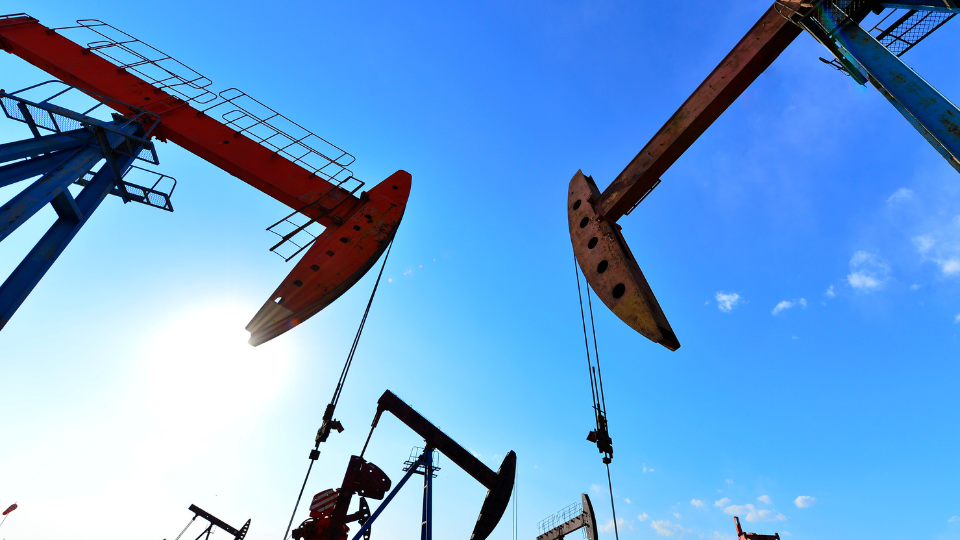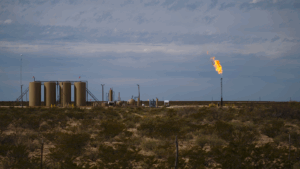When it comes to mineral ownership, many people think the only time their minerals hold value is when an oil or gas well is actively producing. While production certainly adds clarity to the value of mineral rights, non-producing minerals—especially in regions like Eastern Montana—still carry meaningful worth. Understanding how these assets are evaluated is the first step toward making informed decisions about whether to sell, hold, or lease.
Why Non-Producing Minerals Have Value
Even if there is no current production on your property, your minerals may be valuable for several reasons:
-
Proximity to Drilling Activity: If your acreage is near active wells or permitted locations, operators may eventually target your tract.
-
Geological Potential: Eastern Montana is part of the Williston Basin, one of the most prolific oil and gas regions in the U.S. The presence of known productive formations nearby adds value.
-
Future Development Plans: Operators often acquire non-producing acreage to secure drilling inventory for years ahead.
-
Leasing Potential: Mineral owners can receive lease bonus payments even before a well is drilled.
Key Factors in Valuing Non-Producing Minerals
The valuation process for non-producing minerals is more complex than producing assets since there’s no current revenue stream to project from. Instead, buyers and advisors look at:
-
Location and Acreage Size
Larger, contiguous tracts closer to proven production often attract higher offers. -
Geological Data
Subsurface mapping, formation thickness, and reservoir quality play a major role in determining potential. -
Operator Interest
The activity of nearby operators signals market demand. Leasing activity, drilling permits, or recent acquisitions in Eastern Montana all boost mineral interest. -
Commodity Prices
Oil and gas price trends directly affect operator investment decisions and thus mineral values. -
Market Conditions
Broader supply and demand for minerals, especially in competitive basins like the Williston, shape what buyers are willing to pay.
Challenges Mineral Owners Face
-
Uncertainty of Development: Non-producing minerals are speculative by nature. There is no guarantee they will ever be developed.
-
Valuation Variability: Two buyers may place very different values on the same property, depending on their risk appetite and drilling outlook.
-
Title Issues: Unclear ownership, heirship, or missing documentation can complicate or delay a transaction.
Options for Mineral Owners in Eastern Montana
If you own non-producing mineral rights, you generally have three options:
-
Hold – Retain ownership and wait for future development, potentially benefiting from higher value later.
-
Lease – Collect an upfront lease bonus and possible royalties if drilling occurs.
-
Sell – Receive a lump sum payment today, transferring risk and future upside to the buyer.
Making the Right Decision
The best choice depends on your financial goals, risk tolerance, and long-term outlook. For some, selling non-producing minerals provides immediate liquidity. For others, holding or leasing offers the possibility of greater returns in the future.
At Eagle River Energy Advisors, we help mineral owners in Montana and across the Williston Basin evaluate their options. Our team provides insights into current market trends, operator activity, and valuation benchmarks so you can make the decision that works best for your family.
Thinking about selling or leasing your non-producing minerals in Eastern Montana?
Reach out to Eagle River Energy Advisors to explore your options with confidence.




